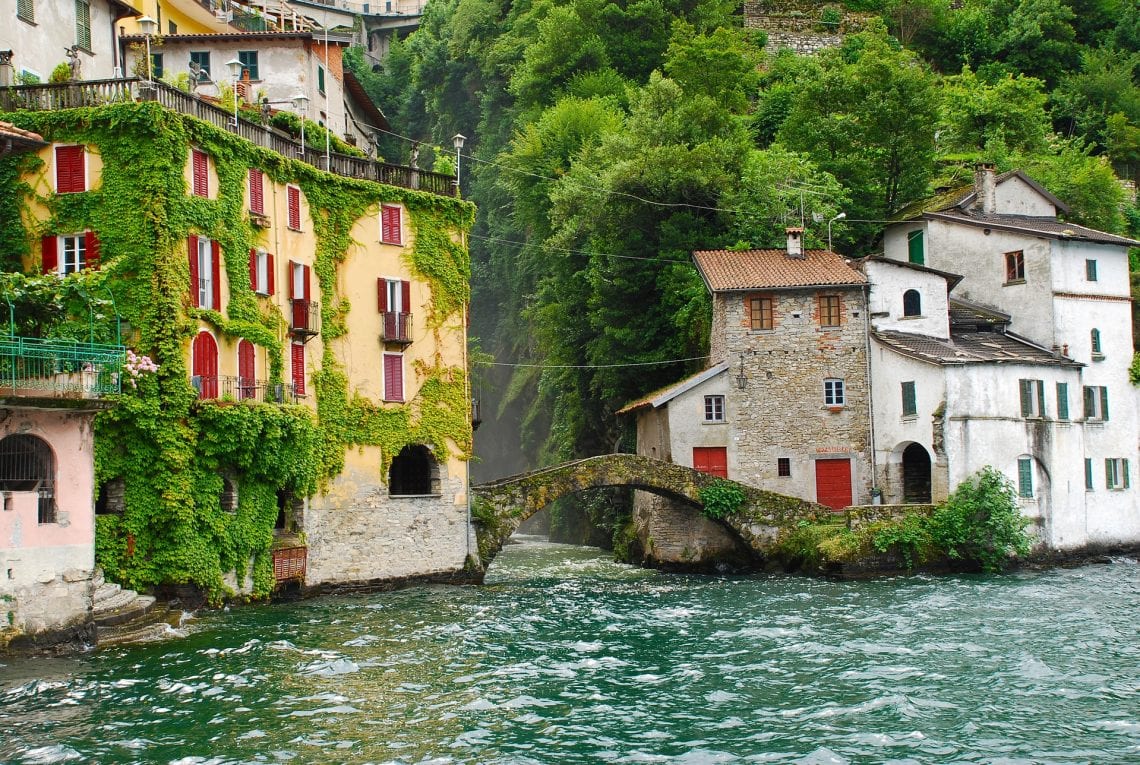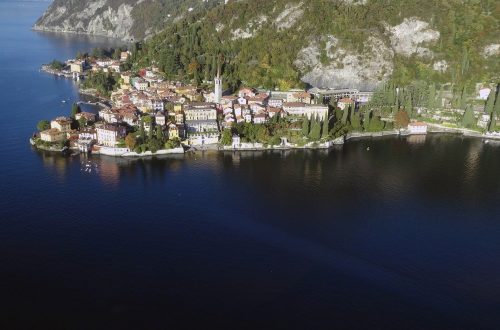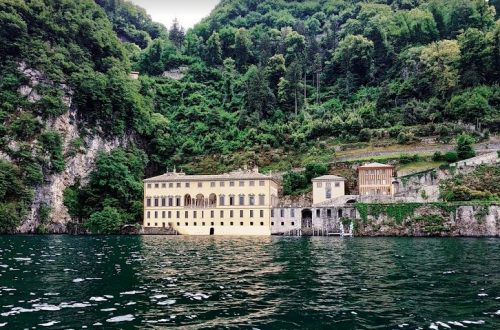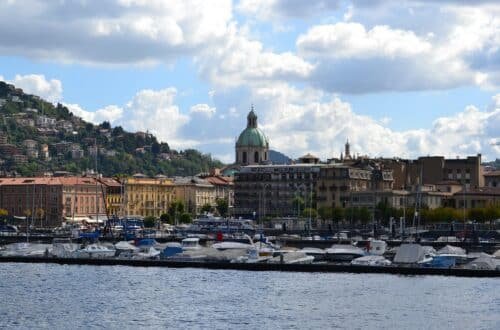
Nesso and the Orrido: A Hidden Gem on Lake Como
Nesso is one of those lesser-known villages on Lake Como that stands out for its unique features, making it a true gem in this breathtaking corner of Italy.
Nesso undoubtedly deserves a place on your must-see list thanks to its famous Orrido and the scenic bridge that frames it. Let’s dive into what makes Nesso so special.
My Memories of Nesso
Nesso lives in my memory from my high school years, when I used to come here with friends to swim in the lake during hot summer afternoons.
Like many teenagers, I didn’t fully grasp the beauty right in front of me. Years later, when I brought some university friends here, I realized just how magical this place truly is.
Over the years, I’ve grown to appreciate Nesso and its quiet charm more and more, even as it has gained a bit of fame.
Don’t miss the chance to visit this lovely village if you’re exploring Lake Como.
Where is Nesso?
Nesso is located on the eastern shore of Lake Como. You can reach it by following the Strada Regia, a scenic road that connects Como to Bellagio.
Originally a mule track, the Strada Regia now serves as a charming route that winds along the lake and passes through several picturesque villages. Right at Nesso, this road opens up to reveal the dramatic Orrido gorge.
A Bit of History
The village was founded by the Celts and later conquered by the Romans in 196 BC, when many of the current structures were built. Nesso saw turbulent times throughout history.
During the Ten Years’ War, it sided with Milan and was defeated and destroyed by the people of Como. In the 14th century, it fell under the Visconti of Milan, followed by the Sforza and then wealthy local families such as the Crivelli, Corio, and Casnedi.
The Orrido of Nesso
Nesso sits at the meeting point of two streams—the Tuf and the Nosè. Their convergence created the steep waterfall known as the Orrido di Nesso, which drops nearly 200 meters before plunging into the lake.
The waterfall is largely hidden by lush vegetation, which adds a mysterious charm compared to the more exposed Orrido di Bellano.
Long before it became a tourist attraction, the Orrido played a key role in Nesso’s economy. Its power was harnessed for mills, spinning factories, olive oil presses, and paper mills.
You can spot the waterfall from the main road, but the best view is from the base—at the Ponte della Civera. Descend the cobbled stairs from either the Riva or Coatesa side to reach the most scenic viewpoint.
There are between 240 and 340 steps, depending on who you ask—count your own personal total! The stairs are made of pebbles and can be steep in parts, so wear comfortable shoes.
For an even closer view, approach from the water. Many local operators offer boat tours into the gorge, but this is not a place to explore alone due to its dangerous terrain.
The Ponte della Civera
The Ponte della Civera is a medieval Roman bridge. From the small terrace before the bridge, the tunnel facing the lake, and the bridge arch itself, you’ll find some of the most beautiful views of the Orrido and the surrounding lake.
Fun fact: This bridge appears in Alfred Hitchcock’s early film The Pleasure Garden. It was his first film as a director and was set right here on Lake Como. The magical and slightly eerie vibe of the Orrido made it the perfect backdrop—so much so that Hitchcock remained enchanted by the lake for the rest of his life.
In summer, locals often challenge each other to dive from the bridge into the lake. Try it only if you’re an experienced swimmer—the water here is deep and surprisingly cold!
Church of Saints Peter and Paul
The original church dates back to 1095 and was a favorite of the Bishop of Como, Rainaldo, who elevated it to the status of cathedral.
The current Baroque-style church was rebuilt in the 1600s. Only a few frescoes from the original building remain. The layout was changed, turning the façade toward the village.
Inside, you’ll find finely carved wooden furniture and rich decorations, with stucco and paintings by Lombard and Comascan artists.
The Castle Ruins
Like many villages along the lake, medieval Nesso was structured with communal life near the lake and a castle higher up for defense.
Until 1532, Nesso had a real castle guarding the area. It was dismantled by the Sforza, but the upper part of the village continued to house wealthy families and their businesses.
Today, you can still see the remains of the 14th-century castle and three surviving towers facing the lake by walking through the upper alleys of the village.
Discover more: If you enjoyed Nesso, explore other Lake Como destinations and download the full Nesso travel guide!





